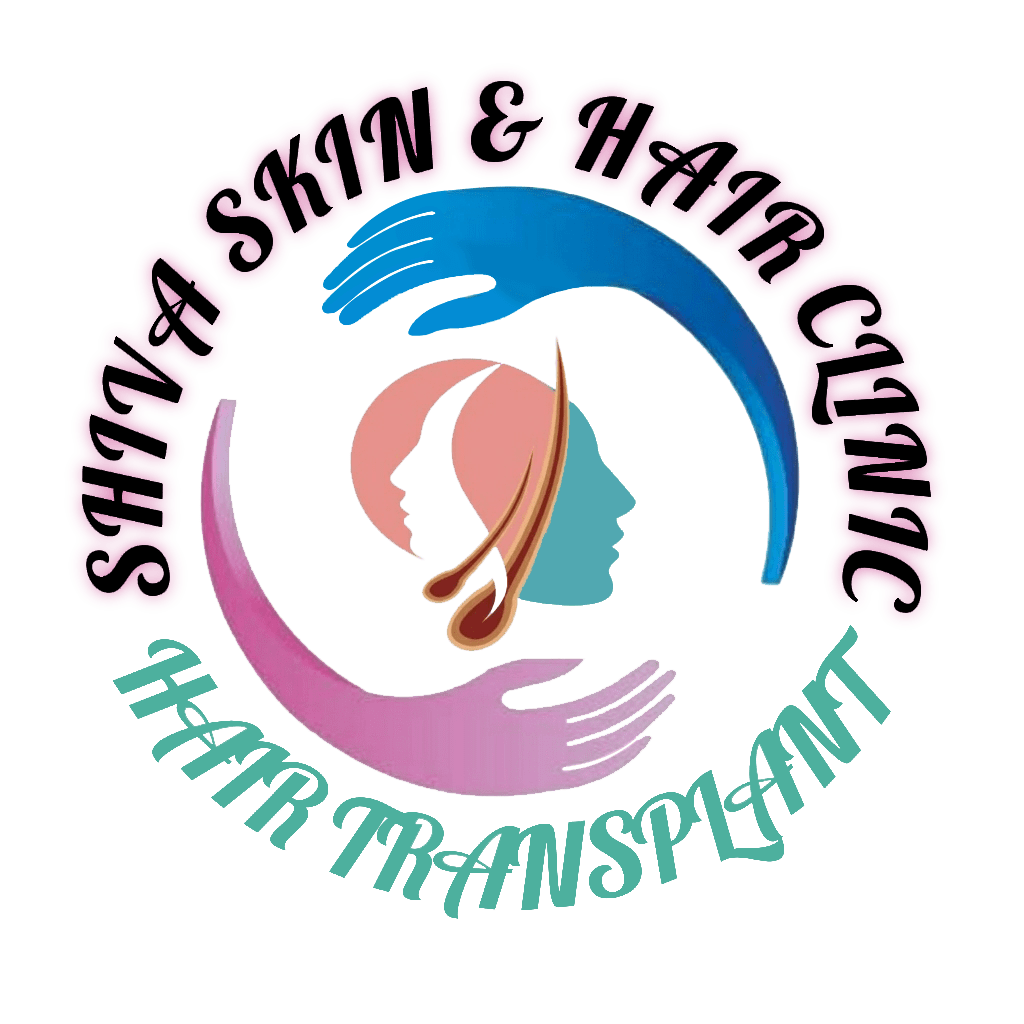Telogen Effluvium
Hair Treatments
Other Treatments
Have Any Question?
In case you wish to avail of the services from Dr. Shailesh Singh you could contact him via the following means
Request a Call Back

Best Telogen Effluvium Treatment in Varanasi
Telogen effluvium is a common source of short-lived hair loss because of the excessive shedding of relaxing or telogen hair after some shock to the system. New hair remains to expand. Telogen hair is also known as club hair because of the shape of the root.
What is the cause of telogen effluvium?
In an average healthy individual’s scalp, 85% of the hair roots are actively growing hair (anagen hair), and about 15% are relaxing hair (telogen hair). A few hairs might also remain in catagen. A hair follicle usually expands anagen hair for approximately 4 years. After that, it rests for about 4 months. A new anagen hair begins to grow under the relaxing telogen hair and presses it out.
Hence, it is regular to shed as much as 100 hairs a day on one’s comb, brush, basin, or pillow as a result of the typical scalp hair cycle.
Suppose there is some shock to the system. As lots of as 70% of the anagen hairs can be precipitated into telogen, hence turning around the typical proportion. Common triggers include:
- Childbirth: postpartum loss of hair. This can fix after a couple of months or transition into women’s pattern alopecia.
- Physical neonatal hair loss.
- Acute or chronic illness, specifically if there is a high temperature
- Surgical operation
- Accident
- Emotional stress and anxiety
- Fat burning, unusual diet plan, or nutritional deficiency (e.g., iron shortage/).
- Particular medications.
- Endocrine conditions (e.g., hypothyroidism, hyperthyroidism).
- Terminating the contraceptive pill.
- Overseas travel leads to jetlag.
- Skin disease influencing the scalp (e.g., erythroderma).
- Too much sunlight exposure.
Exactly how is telogen effluvium detected?
Telogen effluvium is generally identified by its clinical features.
- Hair thinning involves the entire scalp +/- loss of other body hair.
- Examination shows diffuse thinning without focal locations of complete alopecia and short hairs of regular thickness.
- A mild hair draw test reveals an enhanced number of hairs; many are telogen with a regular epithelial cavity.
A Trichogramma can help verify the diagnosis; greater than 25% of telogen hairs in a Trichogramma strongly suggests telogen effluvium.
Light microscopic evaluation reveals club hair.
A scalp biopsy is hardly required; it is expected to show a typical terminal/vellus hair ratio, an increased variety of telogen hair follicles, and little to no swelling and fibrosis.
FAQ on Telogen Effluvium
Telogen effluvium is self-correcting. Suggestions consist of.
- Gentle handling of the hair, avoiding over-vigorous brushing, brushing, and any kind of scalp massage.
- Treat any underlying scalp problem or hormone problem figured out if any.
- Ensure a nutritious diet with plenty of healthy protein, vegetables, and fruit.
- Correct any problem in thyroid features or degrees of iron, vitamin B12, and folic acid.
Regrowth usually occurs after the removal of the trigger, creating telogen effluvium. However, duplicated episodes of acute telogen effluvium can sometimes progress into female pattern hair loss.
Severe telogen effluvium can impact individuals of every age group and both sexes. Persistent telogen effluvium without any apparent speeding up cause tends to offer in or else healthy and balanced women 30-- 60 years of age.

